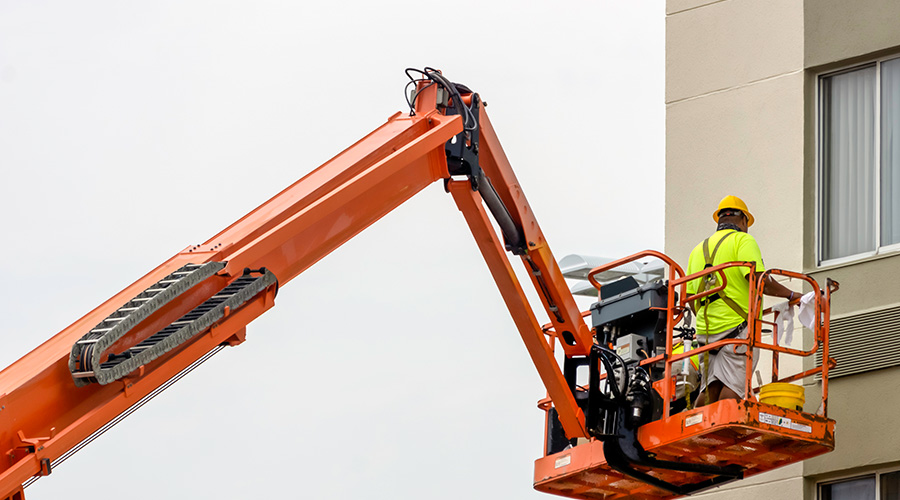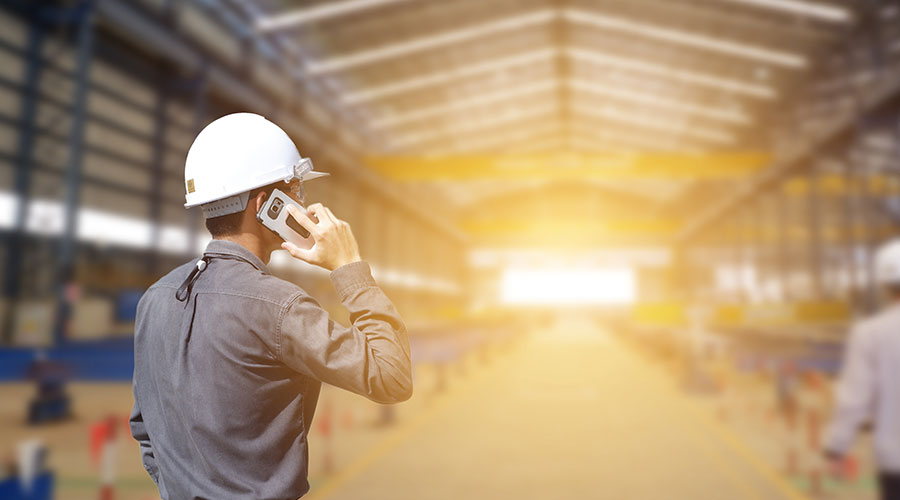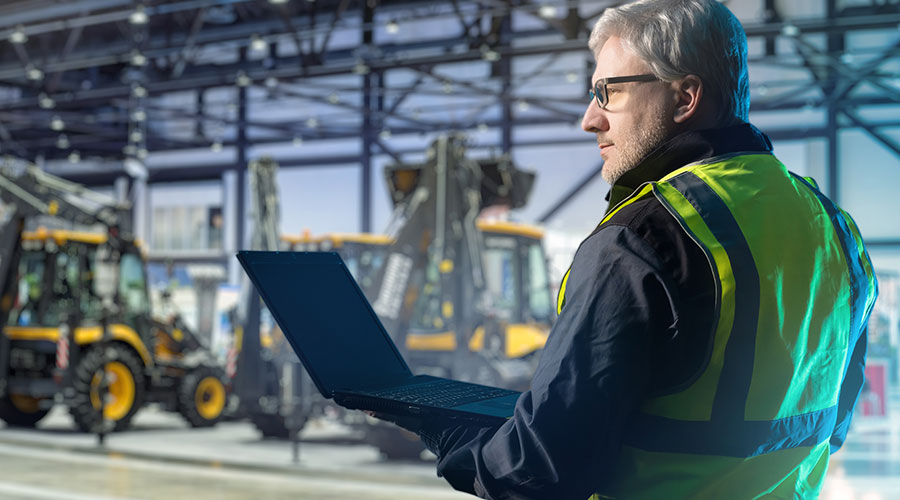Technology Advances Make New Aerial Lift Equipment Safer
When it comes to safety, technology advances make new-generation lift equipment potentially the safest ever built. The advances only offer potential, though, because knowledgeable, proper use still requires that only trained, experienced, certified users operate the equipment to take full advantage of the safety controls available.
Newer equipment includes both work-platform guardrails and restraint points for personal fall protection. The new units also use non-conductive material to prevent electrical mishaps. Extendable counterweights increase the reach and height at which users can operate the lifts without tipping.
Tilt sensors for off-balance loads provide warnings and stop operation when operators exceed safe conditions on irregular, sloping terrain, and they prevent operation beyond safe conditions. Emergency-stop buttons are at both the platform or bucket and the base. Automatic self-checking instruments are available. For example, a voltmeter checks for sufficient power to complete a lift, provides a warning if there is not sufficient power, and stops operation.
A manual-lowering control at the base allows operators to lower the unit in the event of a power or control failure. The units also feature redundant controls at the platform and base in case the operator on the platform becomes unable to control lateral, vertical, rotational, or ground movement, or perform platform or basket auto-leveling functions. Lockouts prevent theft and operation by unauthorized users.
Since falls are high on the list of safety concerns for lifts, manufacturers have continued to make improvements to personal fall protection equipment. This equipment is sold separately from the lift. Renters and sellers offer the latest fall protection equipment, and standard-setting associations state that the renters and sellers need to have available both the equipment and information about proper use. But it is the responsibility of managers to ensure operators receive training in proper inspection and safe use.
Related Topics:















